Powdery Mildew
nummykitchen
10 years ago
Related Stories

GARDENING GUIDESGreat Design Plant: Rosa Banksiae a Low-Maintenance Beauty
This thornless, disease- and insect-resistant rose brings showers of white or yellow flowers to the spring garden
Full Story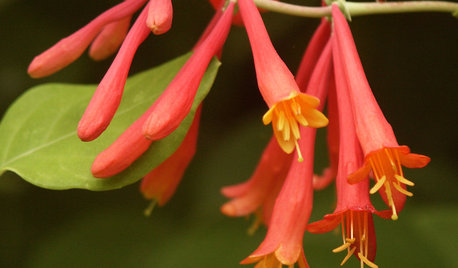
GARDENING GUIDESGreat Design Plant: Lonicera Sempervirens
Grow this long-blooming, flashy flowering vine to cover a fence or arbor and attract hordes of hummingbirds all season long
Full Story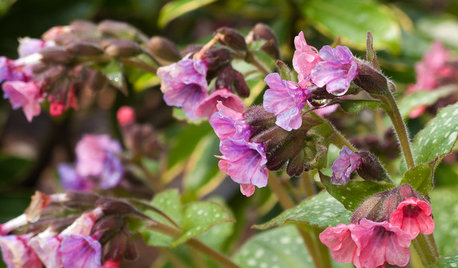
GARDENING FOR BUTTERFLIESGreat Design Plant: Lungwort
Yes, the name is unfortunate. But the flowers and foliage are delightful, and this perennial is easy to grow and shunned by deer
Full Story
SIDE YARD IDEASNarrow Trees for Tight Garden Spaces
Boost interest in a side yard or another space-challenged area with the fragrance and color of these columnar trees
Full Story
WINTER GARDENINGPruning Secrets for Exquisite Roses
Encourage gorgeous blooms year after year with this time-tested advice on how to prune your rosebush in winter for health and shape
Full Story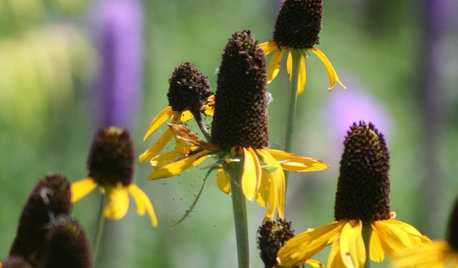
GARDENING FOR BUTTERFLIESGreat Design Plant: Giant Coneflower, a True Exclamation Point
Watch as towering stalks topped by yellow blossoms become a beacon for birds and insects in the midsummer garden
Full Story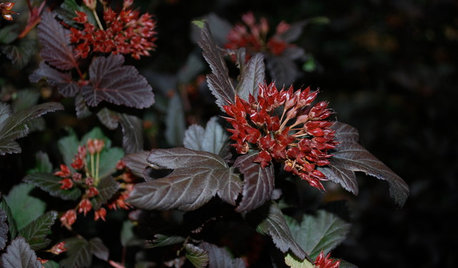
LANDSCAPE DESIGNGreat Design Plant: Sun-Loving Ninebark Puts on a Color Show
This tall, dark and handsome native shrub is equally at home in jeans and boots or in a suit and tie
Full Story
NATIVE PLANTSGreat Design Plant: Wild Bergamot, Friend of Foragers
Nourish butterflies and other winged creatures with the tubular flowers of Monarda fistulosa, a pretty pink native
Full Story
EDIBLE GARDENSSummer Crops: How to Grow Squash
Almost foolproof and with cheerful flowers, squash comes in a wide range of varieties to plant in spring
Full Story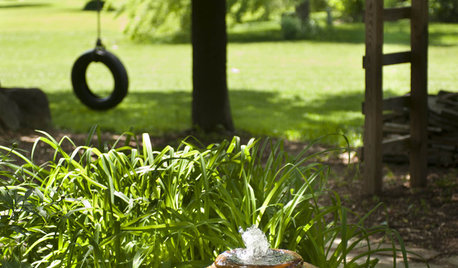
GARDENING AND LANDSCAPINGHow to Give Your Garden More Soul
Feel more at home in your garden by giving it deep, personal meaning
Full StorySponsored
Columbus Area's Luxury Design Build Firm | 17x Best of Houzz Winner!
More Discussions







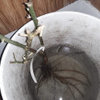
michaelg
roseseek
Related Professionals
Birmingham Landscape Architects & Landscape Designers · Lakewood Landscape Architects & Landscape Designers · Otsego Landscape Architects & Landscape Designers · Harvey Landscape Architects & Landscape Designers · Pottstown Landscape Contractors · Allentown Landscape Contractors · Bell Gardens Landscape Contractors · Bridgeport Landscape Contractors · Brookline Landscape Contractors · Chesapeake Ranch Estates Landscape Contractors · Cudahy Landscape Contractors · East Patchogue Landscape Contractors · Englewood Landscape Contractors · Franklin Landscape Contractors · Wethersfield Landscape Contractorsseil zone 6b MI
roseseek
TNY78
zack_lau z6 CT ARS Consulting Rosarian
zack_lau z6 CT ARS Consulting Rosarian
seil zone 6b MI
roseseek
jerijen
TNY78
Kippy
michaelg
ghettogardener
rathersmallbunny
dan_keil_cr Keil
roseseek
michaelg
nickl
roseseek